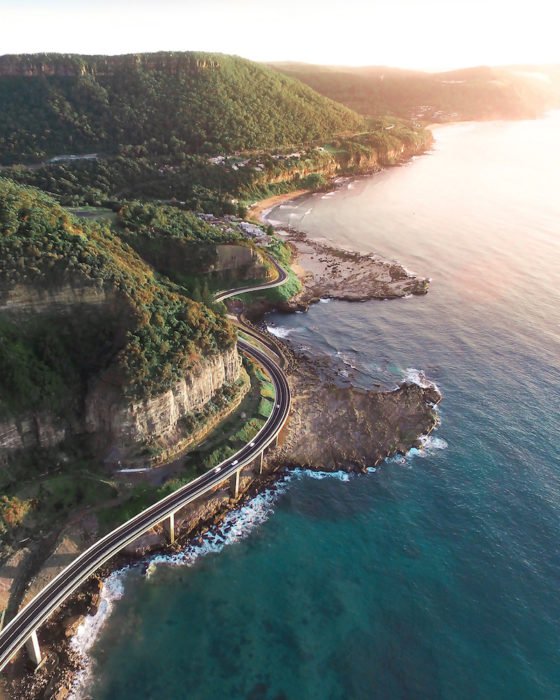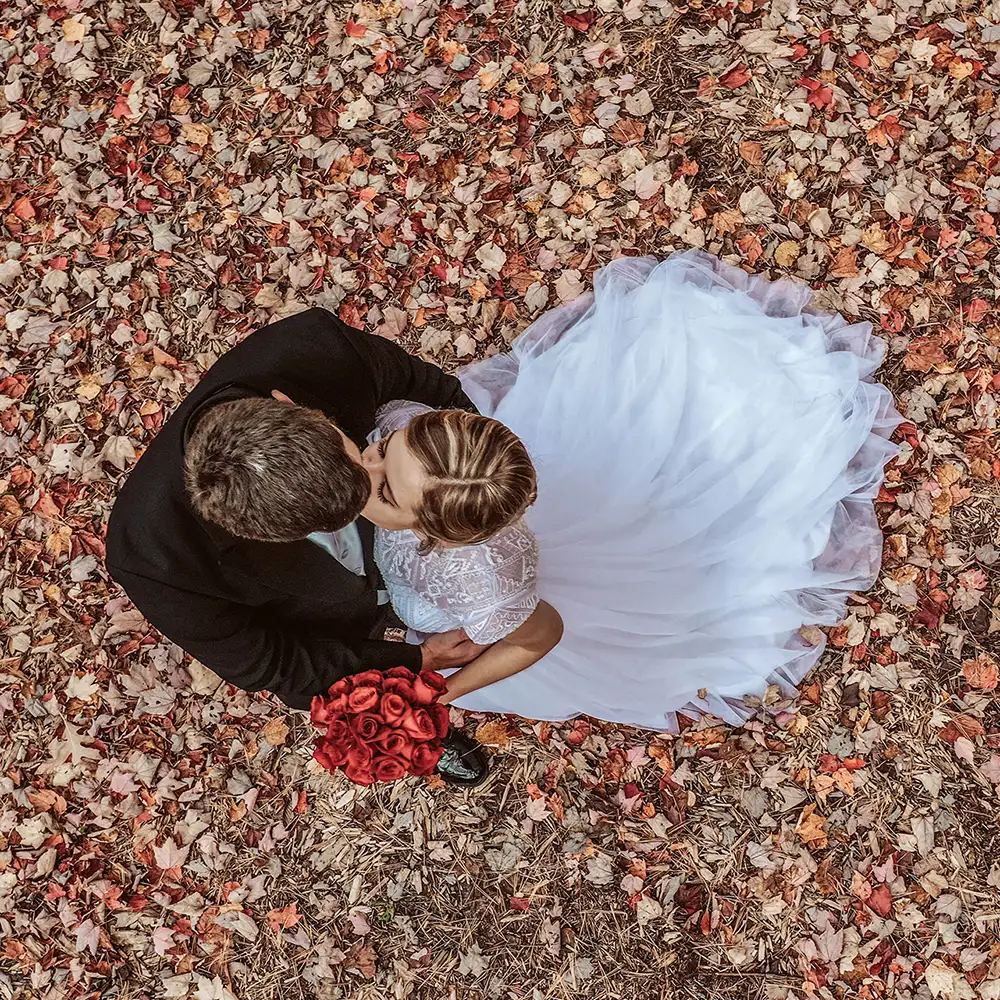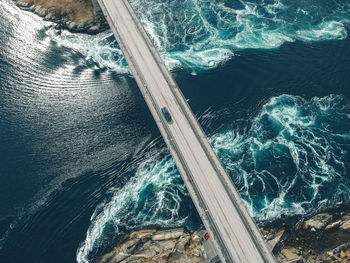Transform Your Perspective: The Art and Scientific Research Behind Drone Digital Photography
Drone digital photography represents a substantial intersection of artistic vision and technological advancement, enabling makers to capture point of views previously unattainable. Understanding the auto mechanics of drone modern technology, from equipment choices to make-up strategies, is vital for achieving compelling imagery. Moreover, factors to consider such as lighting and ecological conditions can greatly influence the final end result. As professional photographers improve their skills in both aerial technique and post-processing, they unlock a richer narrative potential. Yet, what truly distinguishes effective drone digital photography from plain airborne photos? Exploring this inquiry discloses deeper understandings into the craft and its progressing landscape.
Understanding Drone Modern Technology
Comprehending drone innovation is vital for any individual thinking about using its abilities for photography. Drones, or unmanned airborne cars (UAVs), rely upon a combination of software and hardware to accomplish flight and capture images. At their core, these devices are furnished with sensors, video cameras, and navigation systems that permit them to fly autonomously or be controlled remotely.
The primary elements of drone innovation include the flight controller, which functions as the mind of the drone, processing data from different sensors to ensure stable flight. In addition, general practitioner modern technology plays an essential role in navigation, allowing drones to adhere to pre-defined trip courses and keep their setting also in difficult problems.

Additionally, recognizing the regulatory landscape bordering drone use is essential, as it governs where and how drones can be run, guaranteeing safety and security and conformity. Experience with these elements of drone modern technology equips professional photographers to optimize their innovative potential while adhering to legal standards.
Vital Tools for Drone Digital Photography
Selecting the appropriate devices is essential for attaining remarkable lead to drone digital photography. At the heart of this setup is the drone itself, which ought to be selected based on flight security, electronic camera high quality, and ease of usage. Popular versions typically feature integrated high-definition cameras that catch spectacular aerial images.
In addition to the drone, purchasing a top quality video camera is crucial. Many drones come outfitted with video cameras qualified of shooting in 4K resolution, however for professional-grade outcomes, think about a drone that enables interchangeable cams or supports larger sensing units. This adaptability can significantly enhance photo high quality.
Stablizing is another key element. A three-axis gimbal is recommended for smooth footage, lessening vibrations that can diminish image clarity. Added batteries and a dependable battery charger make certain prolonged trip time, allowing for more detailed shoots (aerial photographer spokane).
Grasping Structure Methods
Understanding make-up techniques is basic to boosting your drone photography from average to amazing. A well-composed picture catches the viewer's focus and communicates a powerful narrative.
Among the crucial principles to think about is the regulation of thirds, which includes splitting your structure right into a grid of nine equal parts. Placing vital elements along these lines or at their junctions produces aesthetic interest and balance. In addition, leading lines can lead the visitor's eye through the picture, attracting focus to the subject and including depth.
One more reliable technique is mounting, where all-natural components such as trees or buildings encase the topic, enhancing the focal factor. This approach not only gives context yet likewise produces a sense of affection within the scene.

Finally, constantly bear in mind the horizon line. An uneven perspective can detract and distract from an otherwise exciting image. By grasping these structure methods, you can significantly boost the influence of your drone digital photography.
Lighting and Weather Condition Factors To Consider
In drone digital photography, the interplay of illumination and climate can substantially influence the quality and state of mind of your photos. Optimum lighting problems are vital; the gold hours-- soon after dawn and before sunset-- use soft, diffused light that enhances shades and lessens harsh shadows. you could try this out During these times, the landscape shows up much more vibrant and dynamic, permitting awesome airborne shots.
Conversely, cloudy skies can create a flat, low-key scheme, yet they can additionally give even lighting that minimizes contrast and highlights details in the atmosphere. This can be advantageous for recording structures in city setups or intricate patterns in nature.
Climate problems, such as fog, snow, Read More Here or rainfall, can also add distinct components to your digital photography. Fog can produce a sense of secret, while rain can improve shades and fill the landscape. It is essential to think about the safety of your drone; flying in negative weather problems can lead to tools damages or loss of control.
Ultimately, recognizing just how lights and climate impact your aerial shots permits you to choose the ideal conditions for your drone digital photography, ensuring compelling and visually striking images.
Post-Processing Tips and Techniques
After capturing magnificent aerial photos, the next action includes refining those shots through post-processing. This essential stage boosts the visual influence of your pictures, enabling you to highlight the special viewpoints that drones provide.
Beginning with software application tools like Adobe Lightroom or Photoshop, which offer durable editing and enhancing capacities. Begin by dealing with direct exposure and white equilibrium to make sure that your colors show up real to life. Make use of histogram checks to achieve optimal brightness levels, staying clear of too much exposure or loss of information in shadows.
Next, boost comparison to add depth to your photos. Adjusting clearness can sharpen vital information without presenting noise, which is especially valuable in airborne shots where structure plays a considerable duty. Do not avoid chopping; this can assist focus the audience's attention on the main topic.
Color grading is another powerful tool. Experiment with saturation and vibrance to make the landscape pop, but use these adjustments sensibly to keep an all-natural appearance. Consider using a mild vignette to direct additional info the audience's eye towards the center of the photo. By mastering these post-processing techniques, you can boost your drone photography to new elevations.
Conclusion

What really distinguishes reliable drone digital photography from plain airborne snapshots? Several drones come equipped with electronic cameras capable of shooting in 4K resolution, however for professional-grade outcomes, consider a drone that permits for compatible electronic cameras or supports bigger sensors. By understanding these make-up strategies, you can considerably boost the influence of your drone photography.
In drone photography, the interplay of illumination and weather condition can dramatically affect the top quality and mood of your images (real estate drone photographer). By mastering these post-processing techniques, you can elevate your drone photography to new elevations